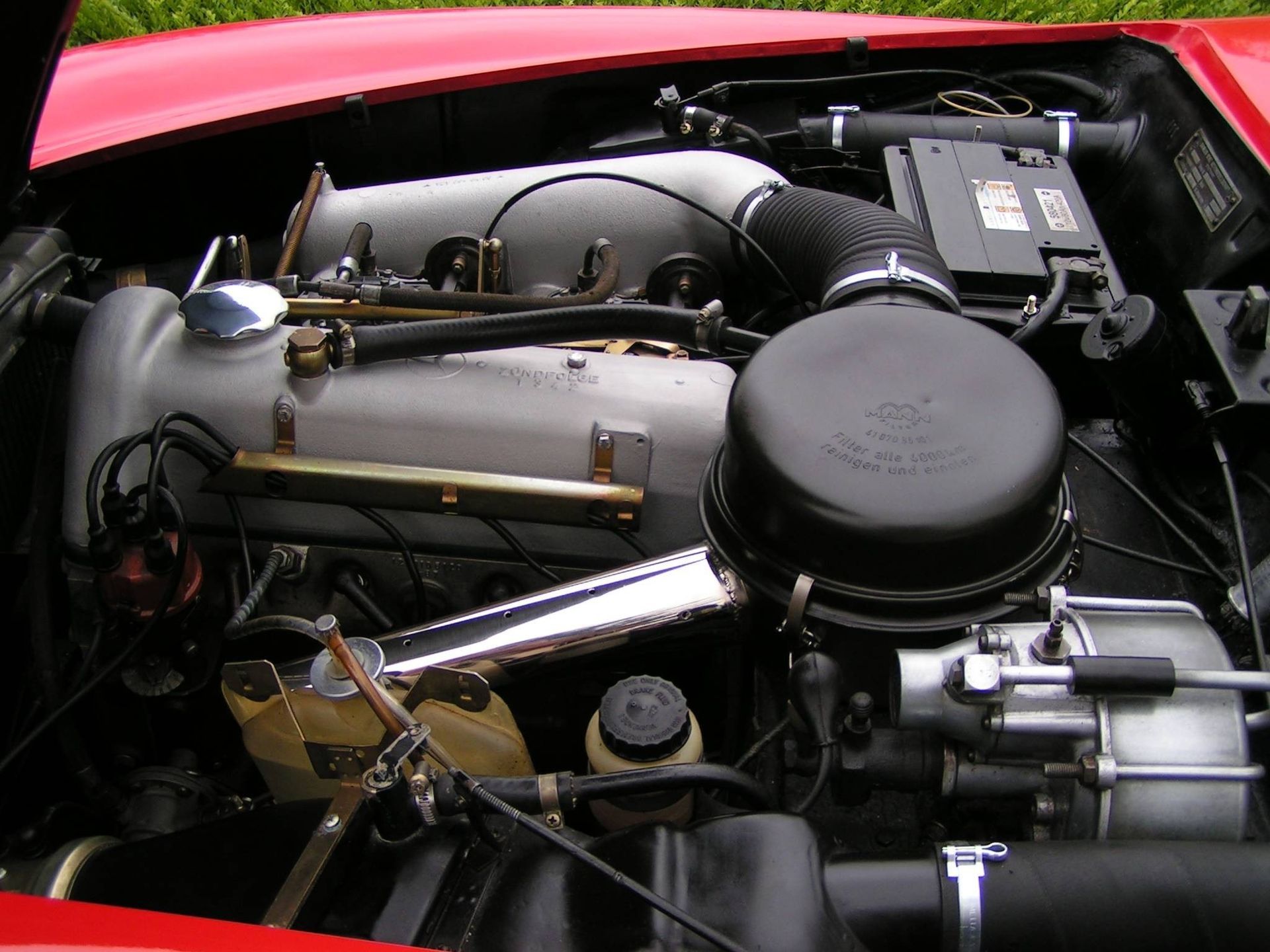Many people assume that they know exactly how a vehicle's engine works. Everyone certainly knows it keeps a vehicle moving, but do you know every part of a powertrain? More so, do you know how an engine maintains its motion?
A vehicle's flywheel is a key component for how an engine maintains motion as well as how it starts. Without a flywheel, most vehicles wouldn't be able to gain momentum or continue to move. It offers more purposes than maintaining momentum, which this brief explanation will cover.
Let's take a closer look at what a flywheel is and what it does for a vehicle.
What Is A Flywheel?
Flywheels are a key component of most vehicles' engines. They are typically used in automobiles as opposed to planes and motorcycles. Thus, you would typically find them in buses, cars, and trains. A flywheel is a mechanical device for vehicles that are designed to provide mass to a vehicle's rotational inertia. When it provides mass, it helps to keep the engine going. Thus, a flywheel provides motion and momentum to keep a vehicle moving along.
A flywheel works by reserving rotational energy from changes in speed, which is later used when the energy's source becomes discontinuous. For instance, a flywheel is present in reciprocating engines because the energy source, torque from the engine, is interrupted or stopped. Thus, a vehicle can continue to maintain motion thanks to the flywheel.
Flywheel Serves Several Functions
For most vehicles, a flywheel serves four main purposes. First, we now know that a flywheel is used to provide mass for rotational inertia so that an engine can maintain motion. Second, it is an essential component to kickstart the starter engine. Without a flywheel, a vehicle may struggle to gain effective momentum.
Its third purpose is to provide balance to the crankshaft. A flywheel is typically attached to the back of a crankshaft and helps it maintain balance so that a vehicle can overcome problems when starting and when in motion. A balance in the crankshaft will allow a driver to maintain smooth speed and motion.
Likewise, the fourth purpose of a flywheel is to provide a smooth connection between the engine and transmission. Again, a flywheel provides smoothness and balance so that a vehicle can run without interruptions to its power flow. Without a flywheel, a vehicle may notice interruptions to its power flow, which can disrupt driving and hinder its power abilities. Thus, a flywheel is an essential component for the power and motion of a vehicle.
In summary, this brief explanation should now help you understand what a flywheel is and why they are important in most vehicles. Without a flywheel, your car or bus might not be able to gain momentum or maintain motion. You can now appreciate them and understand how necessary they are for smoothness and balance for your engine.

.jpg)
.jfif)
